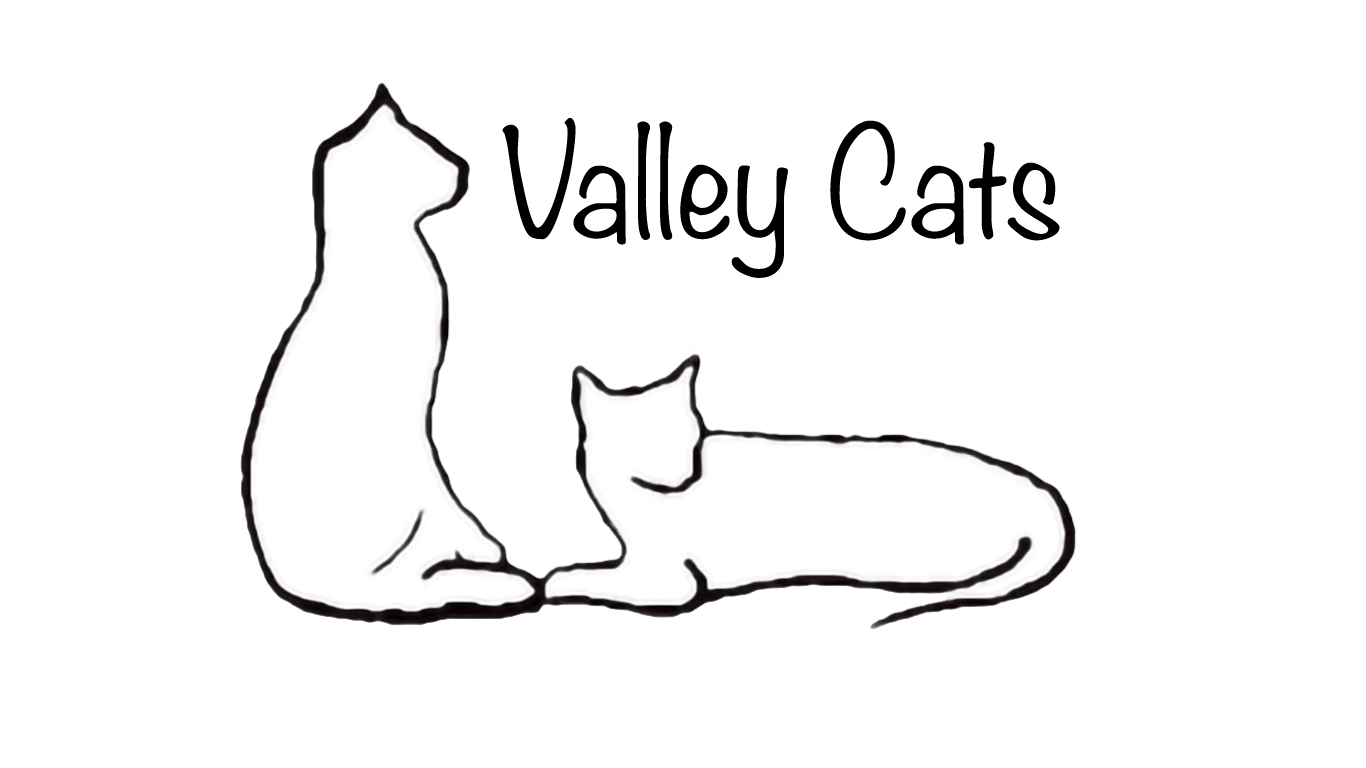Tooth Resorption
Tooth resorption is one of the most common dental problems suffered by cats, second only to periodontal disease, according to the American Veterinary Dental Society (AVDS). The AVDS estimates that 72% of cats age 5 or over have at least one oral resorptive lesion. Is your cat among them? Unfortunately, you may not be able to tell.Resorptive lesions start below the gum line, at the root of the tooth, and progress up through the inside of the tooth. Without treatment, this painful process will cause swollen gums and holes in the surface of the tooth. In other words, your cat may suffer silently for a long time before you are able to see the problem. Tooth resorption can cause so much pain that, under general anesthetic, the cat will react when the lesion is touched. Yet most cats don’t show obvious signs of pain at home. “Pets are very good at hiding their pain,” says Brett Beckman, DVM, president of AVDS. “Occasionally we see reluctance to eat, but this is very unusual.” Eventually the affected tooth will collapse in on itself and dissolve.
Detection and Treatment
Your veterinarian knows what to look for and where to look. Beckman and the American Veterinary Dental College recommend all cats have a professional dental examination and cleaning each year. Cats with a history of resorptive lesions should be seen twice annually. During the exam, your veterinarian will look at your cat’s mouth and teeth for red gums and unusual tissue growth. X-rays are almost always necessary to detect developing resorptive lesions and determine the extent of the damage.
Your cat will be sedated with general anesthetic during these procedures so that all surfaces of the teeth and gums can be examined and cleaned with the least amount of stress and discomfort to your pet. (See “Veterinarians Recommend Anesthesia for Dental Cleanings” for more about anesthesia and dental exams.) If your cat is diagnosed with tooth resorption, your veterinarian will likely recommend removing the tooth. The goals of treatment are to relieve your cat’s pain, prevent the disease from continuing, and restore function of the mouth. Usually, attempts to save the tooth are unsuccessful. “Restoration isn’t recommended because this condition comes from inside the tooth, unlike human cavities which are on the outside of the tooth,” explains Beckman.
Prevention
Although feline resorptive lesions are being studied, the cause is not known. One theory is that they are the result of periodontal disease. Many cats do have both conditions, although some have lesions only. Your best bet is to combine annual veterinary exams with regular at-home care. Your veterinarian can show you how to brush your cat’s teeth and use oral rinses. Be sure to use toothpaste made specifically for cats. Never use baking soda or human toothpaste Cats don’t spit – at least not when you want them to – and ingesting human toothpaste or baking soda can cause stomach upset. Also, many types of human toothpaste contain Xylitol, a sweetener that is highly toxic to dogs and possibly other animals as well. The Veterinary Oral Health Council (VOHC) awards a Seal of Acceptance to products that meet their standards. The list is on the VOHC website.
What Is Periodontal Disease?
Periodontal disease is the most prevalent of all veterinary disease — not just dental diseases, but all veterinary diseases combined. It affects the supporting structure of the teeth, and eventually leads to breakdown of tooth attachment. Plaque causes gingivitis, which is an early stage of periodontal problems. Gingivitis is reversible, but if not treated will progress to periodontal disease. Dental care of dogs and cats is one of the most commonly overlooked areas of pet health care; however, it is necessary to provide optimum health and quality of life. Diseases of the oral cavity, if left untreated, are often painful and can lead to more serious health problems including heart, lung and kidney disease.
There are two critical components of your pet’s veterinary dental care: oral examinations and dental cleanings. Veterinary dental care begins at the puppy and kitten life stage. As your pet ages, your veterinarian will look for developmental anomalies, the accumulation of plaque and tartar, periodontal disease and oral tumors. Veterinarians can perform a basic oral examination on patients that are awake. However, when a cleaning is required, your pet will need to be induced under general anesthesia wherein a thorough examination will be done prior to the cleaning. Dental cleanings performed while your pet is awake is not only dangerous for the team member performing the cleaning but dangerous to your pet as well.
Since there is an element of risk associated with any medical procedure, it is important that safety precautions are used. Among the many standards in the dentistry section, AAHA accreditation requires that veterinarians perform thorough examinations of the teeth and structures of the oral cavity in patients presented for dental procedures and only properly trained practice team members perform dental procedures. Additionally, AAHA Standards recommend that dental procedures are accompanied by pain assessment and appropriate pain treatment.
